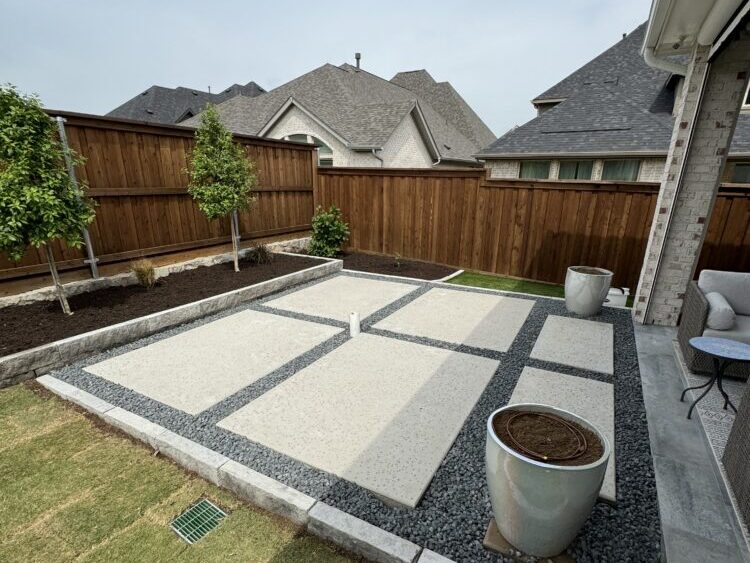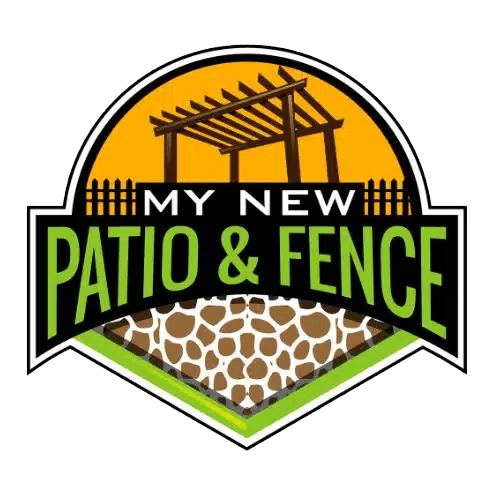Wood Privacy Fences & Your Neighbors: Navigating Etiquette & Regulations
You’ve decided it’s time for wood privacy fences. Maybe you’re tired of unwanted sightlines into your backyard, or perhaps you need a safe space for your dog to roam freely. Whatever your reason, there’s one crucial consideration before the first post goes into the ground: your neighbors. At My New Patio and Fence, we’ve seen countless projects succeed or stumble based on how well homeowners navigate the social and legal aspects of fence installation. The good news is that with the right approach, you can enhance your property while maintaining positive relationships with those living next door.
Installing a wood privacy fence isn’t just about your property—it’s about respecting shared boundaries and local regulations. Recent surveys show that property line disputes rank among the top five causes of neighbor conflicts, with fencing issues leading the pack. Understanding both the etiquette and legal requirements before you build can save you from costly mistakes and uncomfortable conversations down the road.

Understanding Property Lines and Regulations
Before you start planning your fence design, you need to know exactly where your property ends and your neighbor’s begins. Property surveys aren’t just helpful—they’re essential. Many homeowners assume they know where the line falls, only to discover their fence encroaches on neighboring land. Most municipalities require fences to sit several inches to a few feet inside your actual property line, creating what’s called a setback. This buffer prevents accidental trespassing and allows for maintenance access.
Local regulations vary significantly when it comes to fence height, style, and placement. Homeowners associations often have their own rules layered on top of municipal codes. Some areas restrict privacy fences to six feet, while others allow eight feet or more. Certain neighborhoods require specific wood types, stain colors, or architectural styles to maintain aesthetic consistency. Checking with your local building department and HOA before purchasing materials can prevent expensive do-overs.
The Good Neighbor Approach
Here’s where etiquette becomes just as important as regulations. While you might not legally need your neighbor’s permission to build on your property, having a conversation before construction begins demonstrates respect and prevents misunderstandings. Walk over with your plans and explain what you’re proposing. This heads-up gives them time to voice concerns or ask questions rather than feeling blindsided by construction crews appearing at dawn.
Consider which side of the fence faces which property. Traditionally, the “finished” side with no visible posts faces outward toward neighbors or the street, while the structural side faces your yard. Some homeowners choose to upgrade to good-neighbor fencing, where both sides look equally finished. This small gesture can go a long way toward maintaining positive relationships, especially if your neighbor didn’t want a fence but now has to look at one daily.
Maintenance and Shared Responsibility
Wood fences require ongoing maintenance to prevent rot, warping, and discoloration. When your fence sits on the property line, questions arise about who handles upkeep. If you’ve built entirely on your property, maintenance responsibility falls to you. However, being proactive about staining, sealing, and repairs benefits everyone. A well-maintained fence looks better and lasts longer, protecting both properties’ values.
Overhanging branches and root systems present another common concern. Trees near fence lines can cause structural damage over time, and determining responsibility for trimming or removal requires clear communication. Address these issues early rather than letting resentment build. Most neighbors appreciate a collaborative approach to solving shared problems.
Moving Forward with Confidence
Wood privacy fences should always enhance your outdoor living space without creating tension with neighbors. By understanding local regulations, communicating openly, and showing consideration for those around you, you can complete your project smoothly. A beautiful fence serves your family for years while contributing positively to your neighborhood’s character.
Ready to start your fence project the right way? My New Patio and Fence brings years of experience helping homeowners navigate both the technical and interpersonal aspects of fence installation. Our team understands local regulations and knows how to build wood privacy fences that stand the test of time. Contact us today to discuss your privacy fence plans and ensure your project begins on the strongest possible foundation—both literally and figuratively.

